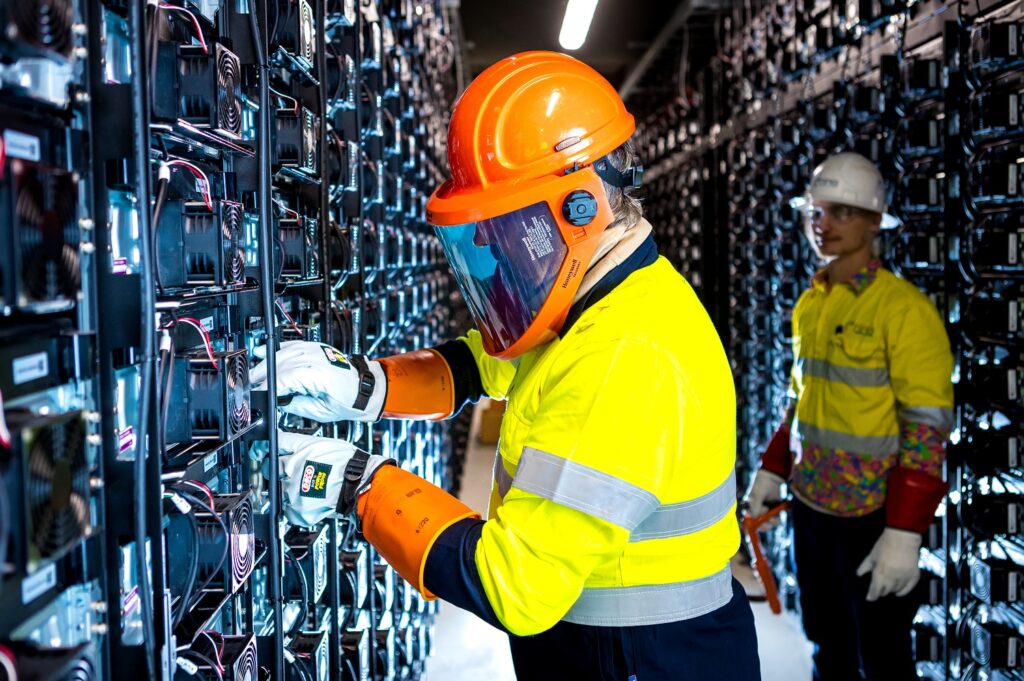
Proposed new ancillary service market rules in Australia could have an adverse impact on the business case for battery storage, according to analysis firm Cornwall Insight Australia.
The rule change floated by the Australian Energy Market Operator (AEMO), which oversees the provision of grid-balancing ancillary services in the National Electricity Market (NEM), could also have “unintended consequences for the electricity market,” Cornwall Insight managing consultant Oliver Skelding said.
Enjoy 12 months of exclusive analysis
- Regular insight and analysis of the industry’s biggest developments
- In-depth interviews with the industry’s leading figures
- Annual digital subscription to the PV Tech Power journal
- Discounts on Solar Media’s portfolio of events, in-person and virtual
The AEMO operates the Frequency Control Ancillary Services (FCAS) market in the NEM, through which eight different FCAS products are offered for energy resources to play into. The merchant opportunity of FCAS is the biggest slice of the revenue stack for battery energy storage system (BESS) assets in Australia today.
According to another Australia-based consultancy firm, Energy Synapse, FCAS comprised around 60% of revenues earned by large-scale BESS in the NEM in 2022. While arbitrage through energy trading in wholesale markets is eating into that share over time, going from 12% in 2018 to represent the other 40% by last year, ancillary services continued to dominate, Energy Synapse posted in a blog on the company’s site in January this year.
Under the new rule, it would be compulsory for all battery storage systems over 5MW output enrolled in the FCAS market to provide Primary Frequency Response (PFR). PFR is the first stage in the transmission system’s response to small changes in grid frequency which can otherwise cause disruptions if unchecked.
It could play havoc with the operating strategies of BESS owners, Cornwall Insight suggested, because it would mean their assets had to discharge to the grid at times triggered by the FCAS’ automated PFR service, rather than into other FCAS products, or at the times deemed most economically viable from an asset management perspective.
The change could not only impact revenues, but it could also mean BESS assets have shorter lifetimes than their owners and investors had planned for, since it may require more frequent cycling of the batteries’ charging and discharging. Essentially, the more a battery asset is used, the faster it experiences degradation of its cells.
It may also mean that when a more major frequency control event occurs, triggering the need for contingency FCAS, battery operators may not be in a position to provide the needed power.
Although the BESS sector in Australia is in the midst of a boom – new figures from the Clean Energy Council (CEC) trade group showed large-scale BESS investments to be a lone bright spot for the sector against falling solar PV and wind volumes in Q2 2023 – the nature of merchant financing is still a little precarious.
CEC noted that three out of four major BESS projects financially committed to in Q2 received some form of concessional finance or grant from a government entity.
‘Two sides to every discussion’
Aquila Clean Energy Asia-Pacific (ACE APAC), an arm of sustainability investor Aquila Group, acquired its first BESS projects in Australia last year, buying up a 220MW/440MWh pipeline of assets in development from Gransolar Group’s E22 energy storage subsidiary.
The growing merchant case for battery storage was what brought ACE APAC to make its acquisition, the company’s commercial manager for power markets and new business Le Xu told Energy-Storage.news.
This is especially so since the AEMO reconfigured market rules in 2021 to introduce five minute settlement (5MS) in the NEM for electricity spot prices, bringing the timeframe down from 30 minutes. That enabled batteries, which can respond in milliseconds to market signals, to better compete against slower responding thermal generation and precipitating coal and natural gas plant closures.
Nonetheless, Le Xu said that the main revenue stream for battery storage, not just in Australia but in most parts of the world where the technology has been adopted, is from ancillary services.
In addition to investors such as ACE APAC becoming more comfortable with the merchant risk aspect of the Australian market, it has now been about four or five years since the country’s first large-scale BESS started being deployed, meaning there is a growing level of experience, knowledge and comfort around how the technology works, Xu told Energy-Storage.news at last month’s Energy Storage Summit Asia 2023.
“This rule change could have unintended consequences for the electricity market. Batteries are already facing challenges in finding financing. The introduction of a mandatory obligation to provide PFR when enabled for Contingency FCAS could make it even harder,” Cornwall Insight’s Oliver Skelding said.
AEMO, for its part, suggested the rule change could be necessary given a growing need for grid-stabilising resources to integrate variable renewable energy (VRE) generation into the NEM, which covers six Australian states.
Skelding acknowledged that “there are two sides to every discussion,” and that the rise of renewable energy means it is likely further PFR resources will be needed in the market.
However, it might be better to create a market structure in which providers respond to appropriate price signals to supply the volumes of PFR needed, as is currently the case in contingency FCAS markets, Skelding said.
A consultation on the proposed rule is now underway.






